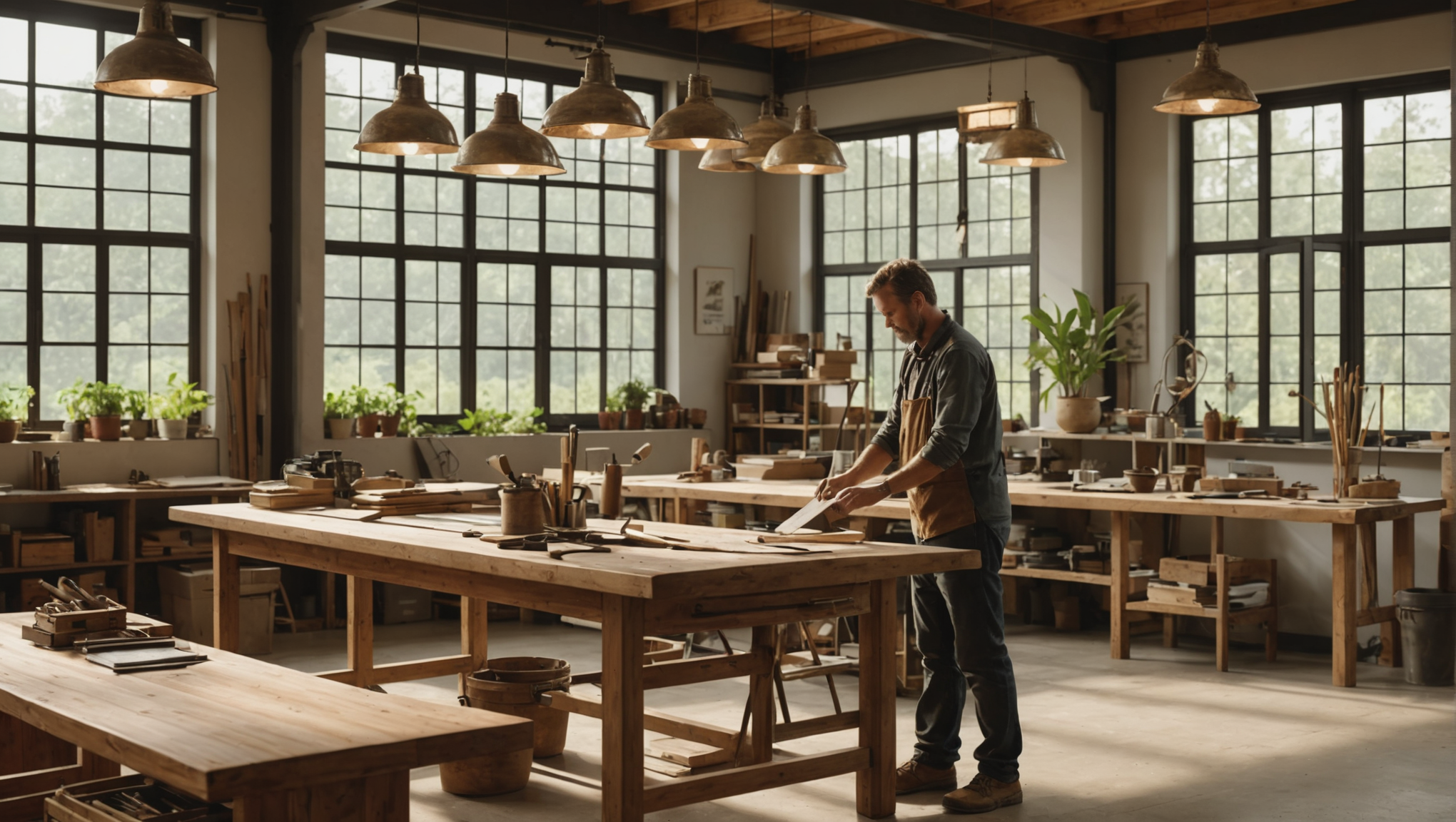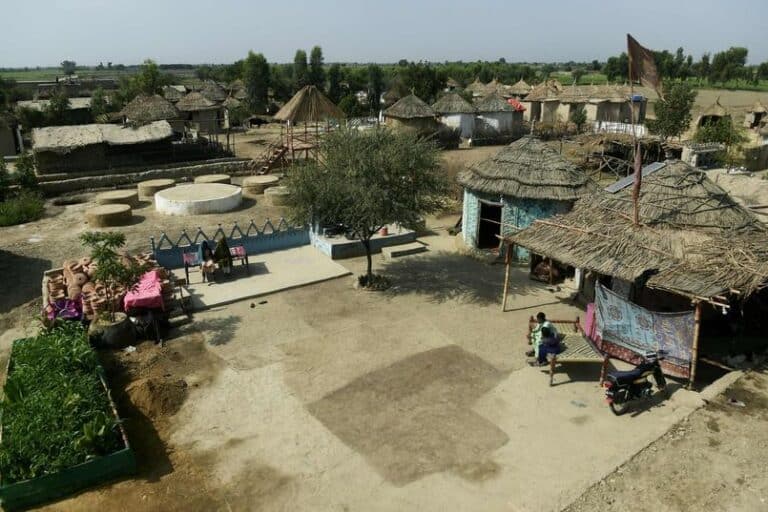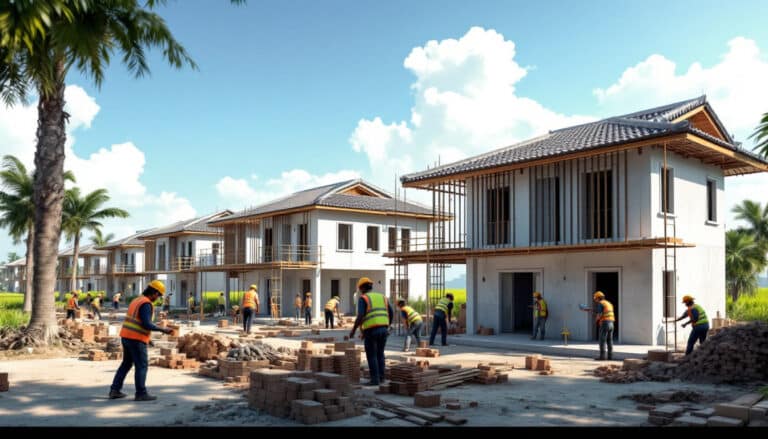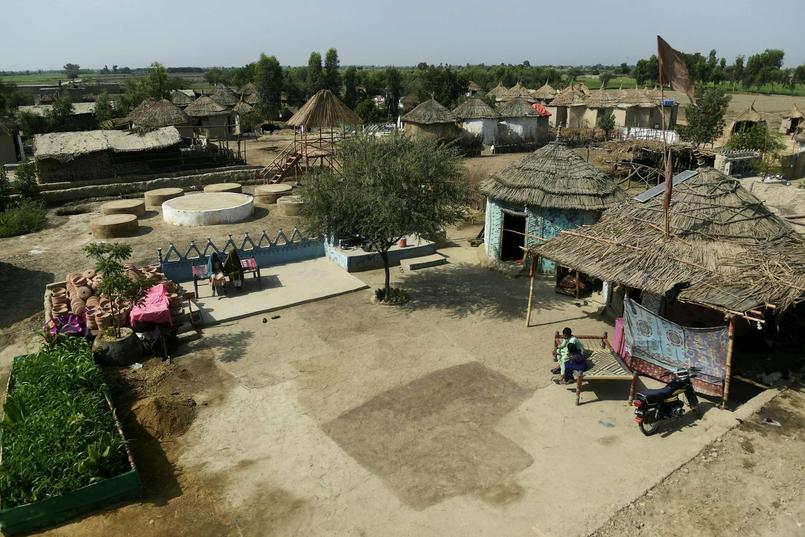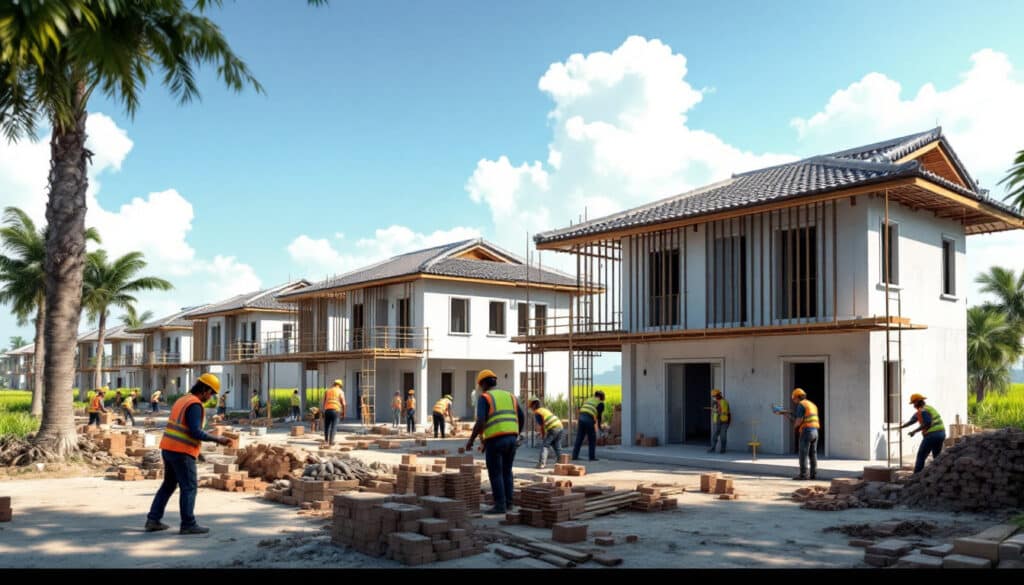Current environmental challenges are pushing the construction sector towards solutions that are more respectful of the planet. In this context, the sustainable materials emerging as an innovative and effective response, both for the preservation of the ecosystem and for better economic performance. But what do we really mean by sustainable materials?
These are carefully selected resources, guaranteeing low energy consumption throughout their life cycle, from production to deconstruction. Relying on raw materials recyclable and often biosourced, these materials minimize waste and reduce the impact on our environment. In addition, their use promotes circular economy by encouraging the reuse and recycling of materials, while supporting technological innovation within the industry.
The applications go beyond simple green building; they generate a revolution in design architectural. Whether for residential buildings, public infrastructure or commercial installations, these materials offer durable and aesthetic solutions. Let’s discover together the multiple advantages and diverse applications of sustainable materials, which pave the way for a greener and more responsible future in the construction sector.

THE sustainable materials are at the heart of a necessary revolution in the construction and real estate sector. Anchored in environmentally friendly practices, these materials stand out for their low impact on the planet while guaranteeing optimal performance. The need to adopt sustainable solutions is not just a trend; it is an obligation to build a greener and more responsible future.
Table of Contents
ToggleWhat is a sustainable material?
Define a durable material begins by understanding its essential characteristics. These materials are those which, during their life cycle, demonstrate low consumption of energy and natural resources. They not only limit waste production, but also encourage recycling and reuse. Sustainable materials can come from renewable sources or be completely recycled, as the principle of sustainable development indicates.
So, examples of sustainable materials include certified wood, which comes from responsibly managed forests, and bio-sourced materials such as hemp or straw products. The importance of these materials is all the more true in a world where the quality of the environment is undermined by increasing urbanization and excessive industrialization.
Benefits of sustainable materials in construction
The use of sustainable materials offers many benefits, both environmentally and economically. From an ecological point of view, these materials contribute to the reduction of CO2 emissions and minimize the waste of natural resources, thus making construction projects more virtuous. Their production often involves fewer toxic substances, which reduces the risk of pollution in the air, soil and water.
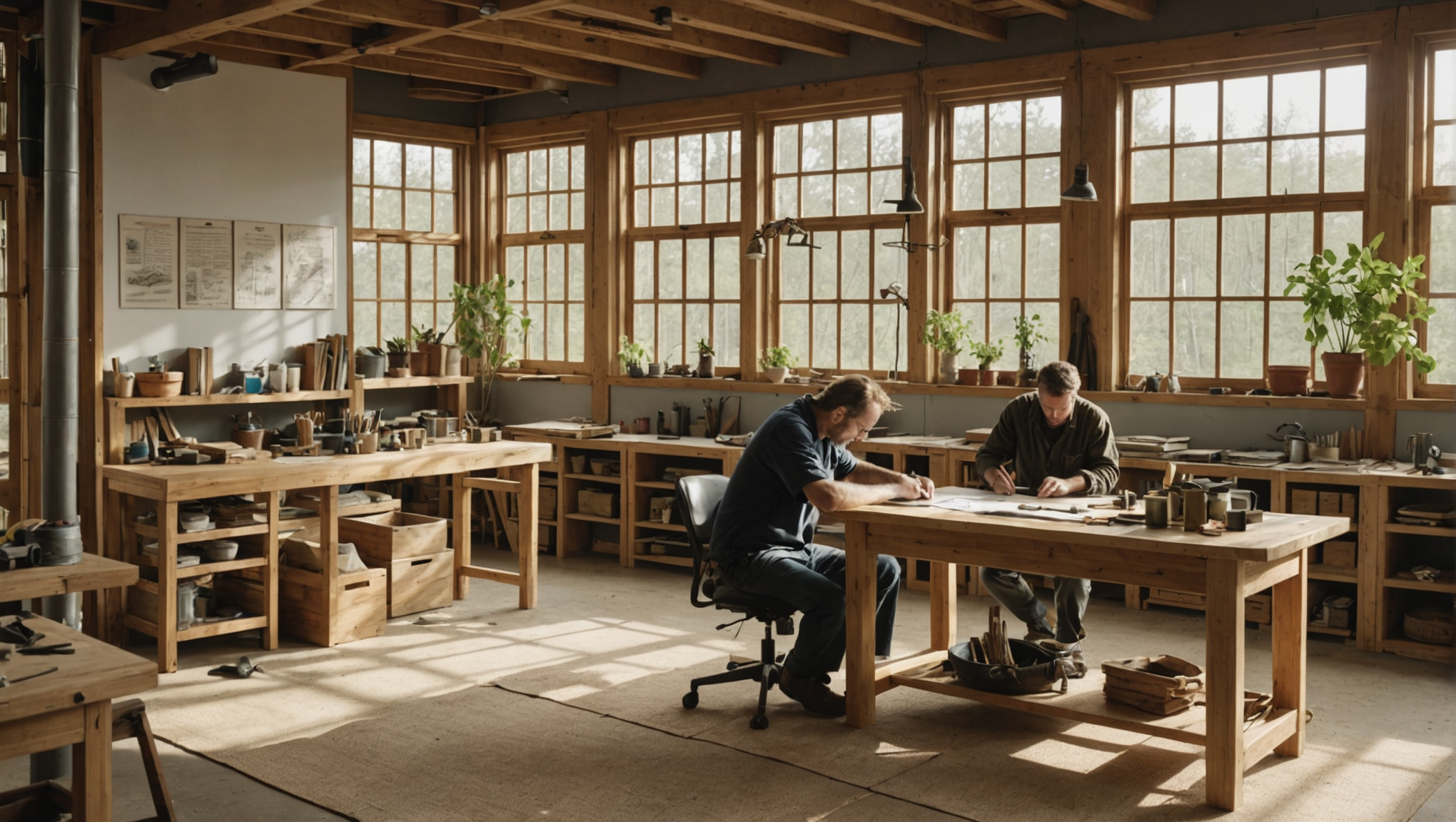
Beyond their environmental impact, sustainable materials also lead to long term savings. Although their initial cost can sometimes be higher than traditional materials, they prove to be more cost-effective due to their increased durability and low maintenance requirements. For example, a building constructed with solar panels and efficient insulation materials can significantly reduce energy bills in the long term.
In addition, the use of sustainable materials opens the way to innovative construction methods. These materials encourage us to think differently, to design solutions that combine performance and respect for the environment. The rise of technologies such as 3D printing, integrating ecological materials, is redefining traditional construction practices while meeting the requirements of modern architecture.
Varied applications of sustainable materials
THE apps Sustainable materials in the field of construction are vast and diverse. In the residential sector, these materials are used for insulation, floor coverings and even outdoor structures. Their ability to reduce the energy consumption of buildings makes them a preferred choice for new construction and renovations.
En choisissant des matériaux durables comme la laine de roche, vous augmentez la résistance des bâtiments à l'usure, réduisez les coûts d'entretien et l'impact environnemental, améliorez la sécurité et offrez une plus-value aux occupants et aux communautés à long terme.
— ROCKWOOL Group (@ROCKWOOLGroup) July 9, 2024
In the commercial and public sector, ecological buildings are multiplying, integrating sustainable solutions from the design stage. Modern administrative complexes, schools and hospitals are starting to prioritize materials that will allow minimal impact on the ecosystem while providing healthy and sustainable workspaces.
THE bio-based materials, such as reciprocal concretes made from organic waste or plant-based composites, are also booming. Their use guarantees a reduced carbon footprint and excellent physical performance. Likewise, the use of recycled metal alloys and composite materials from recycling contributes to the circular economy and encourages the development of new high-performance materials.
It is important to note that interest in sustainable materials is not limited to environmental considerations. Their technical characteristics, such as strength, lightness or flexibility, meet contemporary construction requirements. Research and innovation continue to open new avenues, promoting materials that not only fulfill their construction function, but also contribute to the aesthetics of structures.
In short, the integration of sustainable materials in construction represents a step towards a more responsible and conscious future. By taking into account environmental and social issues, we must rethink our traditional methods and embrace an innovative and sustainable approach to build infrastructure that will not only ensure our comfort, but also the preservation of our planet for future generations.

